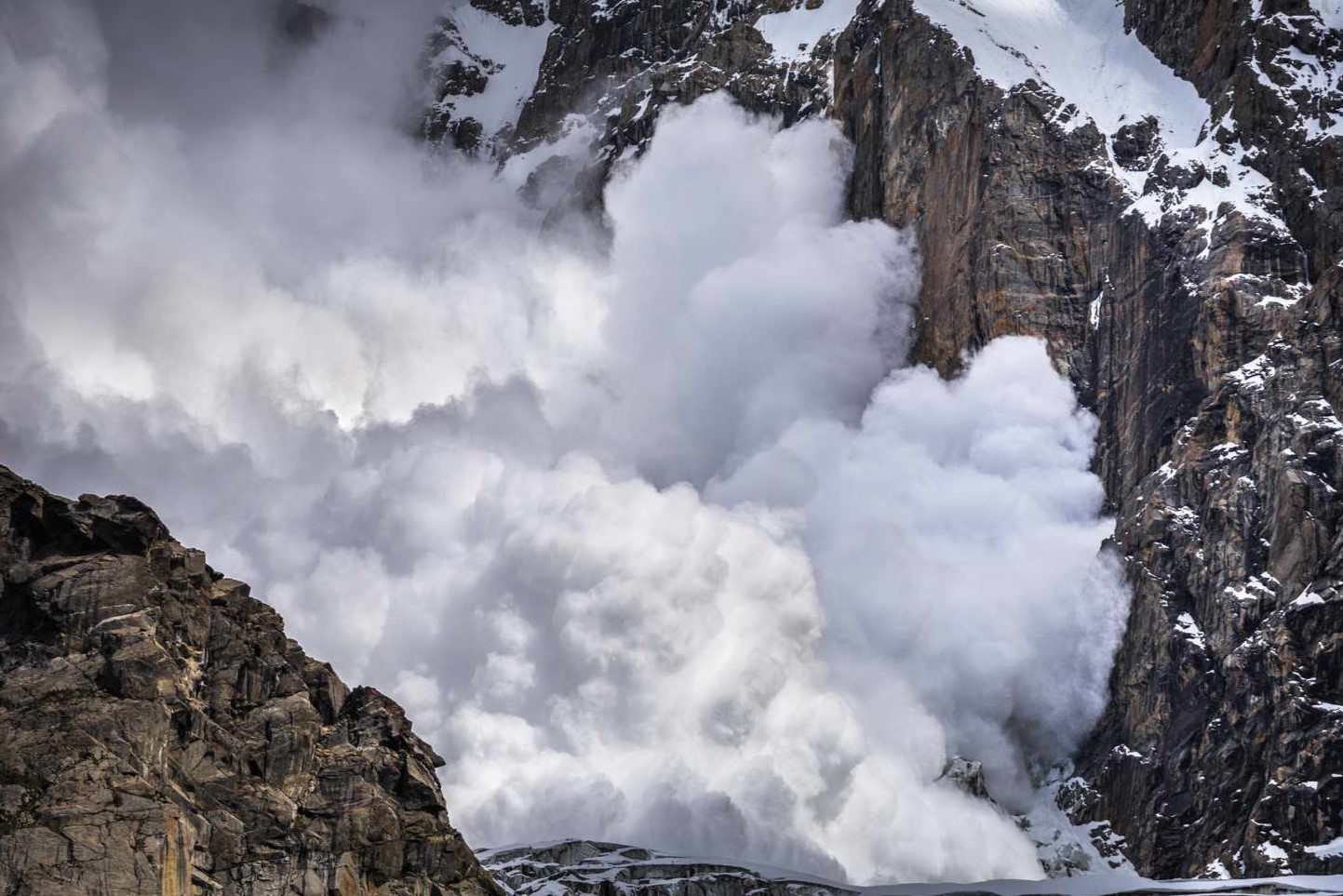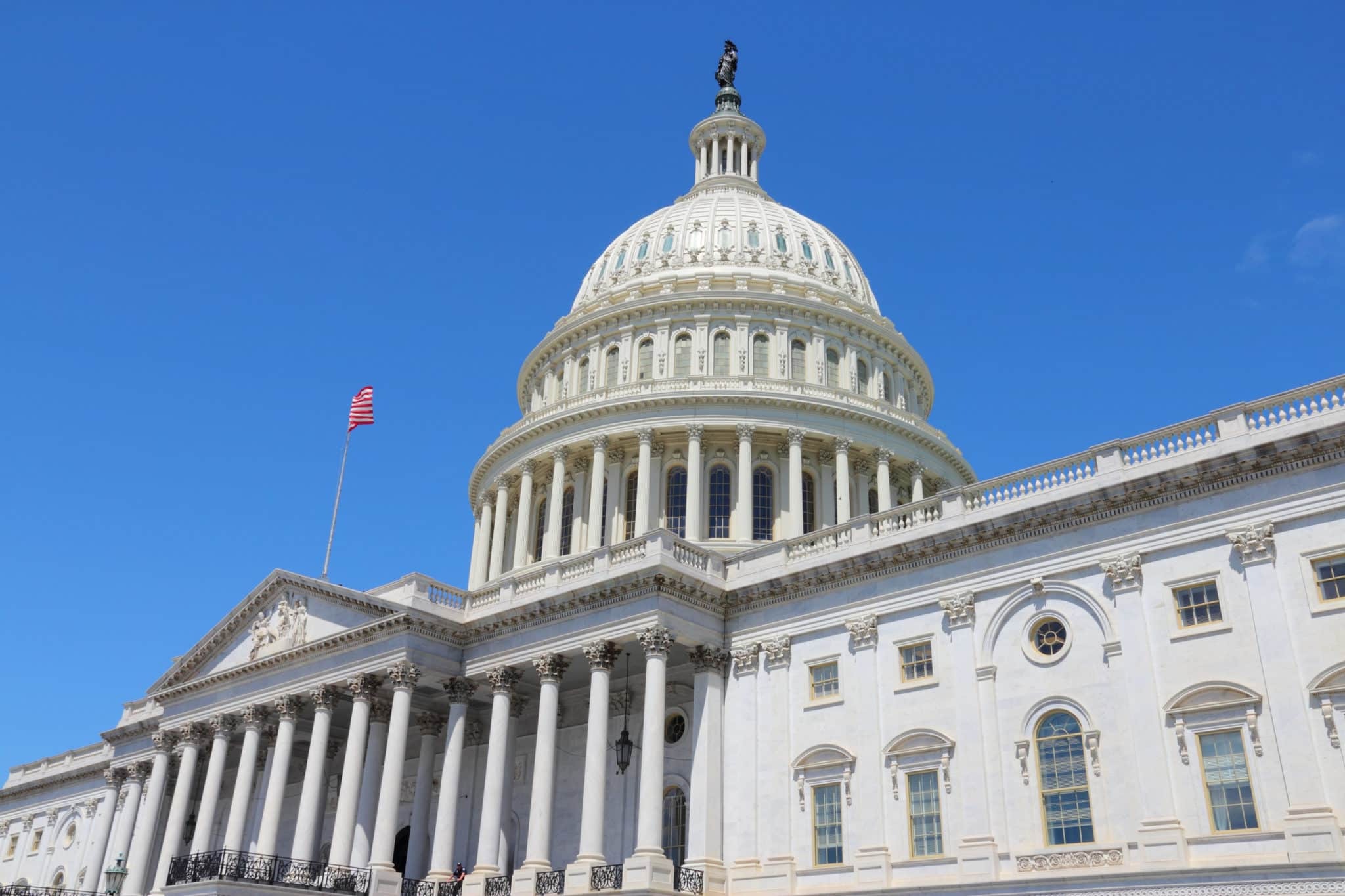
Avalanches, nature's powerful and often unpredictable snowslides, are phenomena that both awe and terrify. These massive movements of snow can reshape landscapes in moments and pose significant risks to those in mountainous regions. Understanding avalanches is crucial for safety and appreciation of the forces at work in our natural world. This post will unveil 20 intriguing facts about avalanches, shedding light on their causes, types, and impacts. From the science behind their formation to tales of miraculous survival, each fact offers a glimpse into the dynamic and sometimes deadly world of avalanches. Whether you're an avid skier, a mountain enthusiast, or simply curious about nature's might, these insights will enrich your knowledge and respect for these formidable snowslides.
Understanding Avalanches
Avalanches, often seen as mere snow slides, are complex natural phenomena. They occur when a mass of snow, ice, and sometimes debris slides down a mountain slope. Various factors, including weather conditions, terrain, and human activity, can trigger these events. Understanding them is crucial for safety in mountainous areas.
-
Avalanches are not random; they follow specific patterns and can be predicted to some extent by experts who study snowpack and weather conditions.
-
There are primarily two types of avalanches: slab avalanches and loose snow avalanches. Slab avalanches involve a cohesive plate of snow breaking away, while loose snow avalanches start from a single point and gather snow as they descend.
The Causes of Avalanches
Several factors contribute to the occurrence of avalanches, making certain areas more prone to them than others.
-
Snowpack conditions are a critical factor. Layers of snow with different temperatures and textures can create weak layers prone to giving way under stress.
-
Steep slopes are more likely to experience avalanches. Slopes with an angle of 30 to 45 degrees are particularly susceptible.
-
Weather conditions, including rapid temperature changes, heavy snowfall, and wind, can destabilize the snowpack, increasing the risk of an avalanche.
The Impact of Avalanches
Avalanches can have devastating effects on both the natural environment and human settlements.
-
Avalanches can destroy forests, wiping out mature trees and altering landscapes in seconds.
-
In populated mountain regions, avalanches pose a significant risk to homes, infrastructure, and lives. They can bury entire villages under tons of snow.
-
Wildlife can also be affected, with animals getting caught and habitats destroyed.
Safety and Prevention
While avalanches can be deadly, certain measures can significantly reduce the risk of being caught in one.
-
Avalanche transceivers, probes, and shovels are essential pieces of equipment for anyone venturing into avalanche-prone areas.
-
Education on avalanche safety and awareness is vital. Many communities in high-risk areas offer courses and training.
-
Avalanche control methods, such as controlled explosions, are used in some areas to deliberately trigger small avalanches to prevent larger, more dangerous ones.
Historical Avalanches
History is replete with accounts of avalanches that have had significant impacts on communities and landscapes.
-
The Winter of Terror in 1950-1951 saw more than 250 people lose their lives to avalanches in the Alps.
-
One of the deadliest avalanches in recorded history occurred in Peru in 1970, when an earthquake triggered an avalanche that buried the town of Yungay, killing approximately 20,000 people.
Avalanches in Popular Culture
Avalanches have captured the imagination of many and have been depicted in literature, film, and art.
-
Avalanches are often used as dramatic backdrops in movies and books, symbolizing nature's unpredictable and uncontrollable power.
-
Survival stories from avalanche incidents are popular, highlighting human resilience and the will to survive against the odds.
The Science of Studying Avalanches
Scientists and researchers dedicate their careers to understanding avalanches, aiming to improve prediction methods and safety measures.
-
Remote sensing technology and satellite imagery are used to monitor snowpack and potential avalanche zones from afar.
-
Snow science is a field of study that examines the properties of snow and its behavior on slopes to better predict when and where avalanches might occur.
Global Avalanche Hotspots
Certain regions around the world are particularly known for their avalanche risks.
-
The Alps in Europe, the Rocky Mountains in North America, and the Himalayas in Asia are well-known avalanche hotspots, attracting skiers, mountaineers, and researchers.
-
Colorado in the United States has one of the highest numbers of avalanche deaths in North America, due to its popular ski resorts and backcountry skiing areas.
-
Nepal and India in the Himalayas experience frequent avalanches, posing significant risks to climbers and local communities.
A Final Slide Through Avalanche Awareness
Avalanches, those mighty forces of nature, pack a punch with their power and unpredictability. Understanding them is not just about stacking up cool facts; it's about respecting the force of nature, staying safe, and appreciating the delicate balance of our planet's ecosystems. From the types and causes to the impact on humans and the environment, avalanches remind us of nature's raw beauty and its potential fury. Whether you're an avid skier, a mountain enthusiast, or just someone fascinated by natural phenomena, knowing these facts can deepen your appreciation for the world around us. Remember, knowledge is as crucial for safety as it is for curiosity. So, next time you're near the mountains, keep these insights in mind. They might just make your adventure safer and more meaningful. Stay curious, stay safe, and keep exploring the wonders of our world.
Was this page helpful?
Our commitment to delivering trustworthy and engaging content is at the heart of what we do. Each fact on our site is contributed by real users like you, bringing a wealth of diverse insights and information. To ensure the highest standards of accuracy and reliability, our dedicated editors meticulously review each submission. This process guarantees that the facts we share are not only fascinating but also credible. Trust in our commitment to quality and authenticity as you explore and learn with us.


